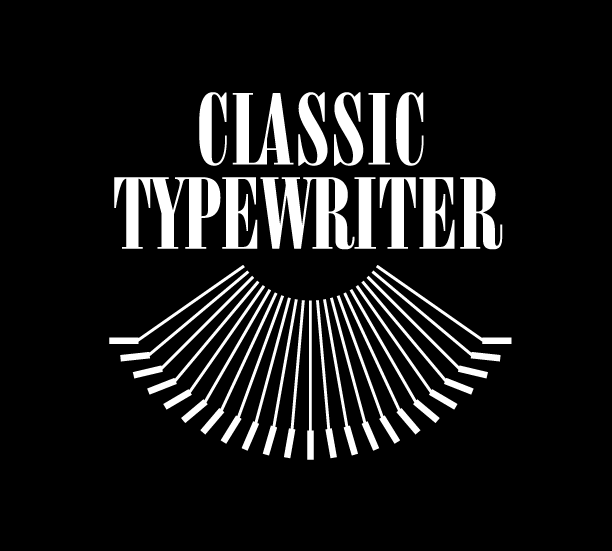Jack Kerouac’s Scroll: How a 120-Foot Roll of Paper Changed American Literature
(Jack and Scroll)
In April 1951, Jack Kerouac sat down at a typewriter with a vision and a mission: to capture the wild, unfiltered energy of his cross-country odyssey with Neal Cassady. He didn’t want chapters. He didn’t want page breaks. He didn’t want the mechanical rhythm of feeding new sheets into the carriage. So he taped together sheets of tracing paper into a single, continuous scroll—roughly 120 feet long—and poured his soul onto the page in a fevered burst of creativity that lasted three weeks.
This wasn’t just a stunt. It was a statement.
The Scroll as a Symbol of Flow
Kerouac's scroll wasn’t an accident. It was a direct challenge to the rigid structures of publishing and a physical embodiment of his writing philosophy: spontaneous prose. Inspired by jazz improvisation, Buddhist thought, and raw lived experience, Kerouac wanted a form that could match the rhythm of his mind. The scroll allowed for unbroken momentum. No interruptions. No time to second-guess.
He typed furiously on a borrowed typewriter, fueled by coffee and Benzedrine, with the goal of capturing the essence of the Beat spirit in real time.
“It’s not the words that count,” he once said, “but the rush of what is said.”
Breaking Free from the Page
(There’s obviously something luminous, transcendental, and Eastern about this project)
What Kerouac did with that scroll was more than technical innovation—it was a spiritual declaration. He didn’t want to write “a novel.” He wanted to transmit a life. The result was messy, ecstatic, poetic, and disobedient. Names were real, punctuation was scarce, and the road stretched endlessly ahead. The manuscript didn’t conform. It moved.
That first scroll version was pure energy, before editors tamed it for publication in 1957. The published On the Road became a generation’s anthem—but the scroll is the heartbeat behind it.
What Writers Can Learn from the Scroll
You don’t need to tape 120 feet of paper together to understand the lesson. Kerouac's scroll teaches us this:
Trust the rush. First drafts aren’t about perfection. They’re about motion.
Break your routine. If your writing feels stuck, maybe it’s the form that’s trapping you.
Think in breath, not grammar. Sometimes the rhythm of your sentences matters more than correctness.
Let it pour. Stop editing while you write. Let the damn river run.
The Scroll Lives On
Today, the original scroll of On the Road is housed in glass, unspooled across museum halls like a modern Dead Sea Scroll for the literary faithful. It’s a relic not of neatness, but of momentum—of what happens when you let go of control and let the story drive.
Whether you're writing your first poem, a novel, or just trying to reconnect with language in its rawest form, think of Kerouac at that typewriter in 1951—scroll unfurling, ideas roaring like traffic across the night.


